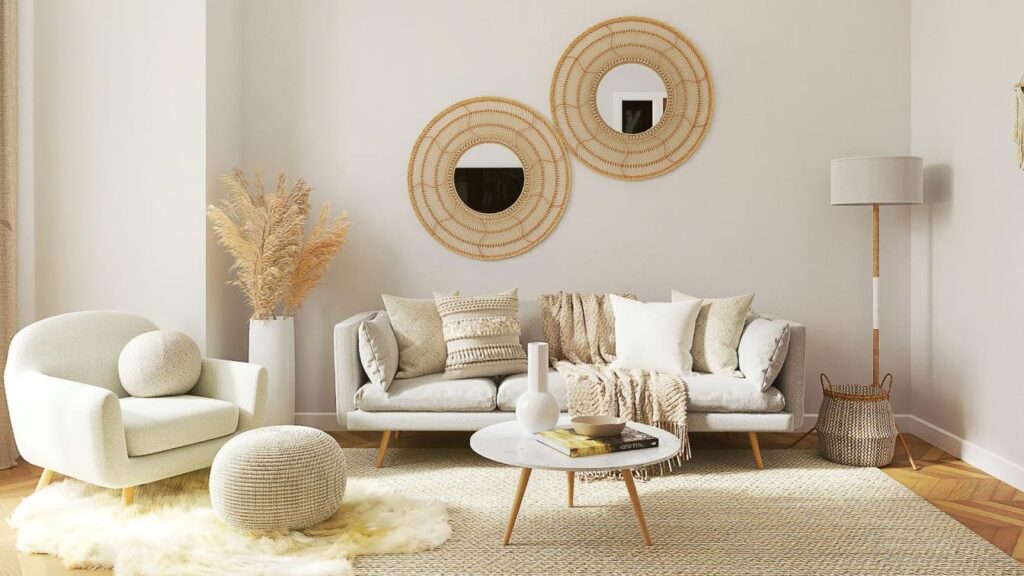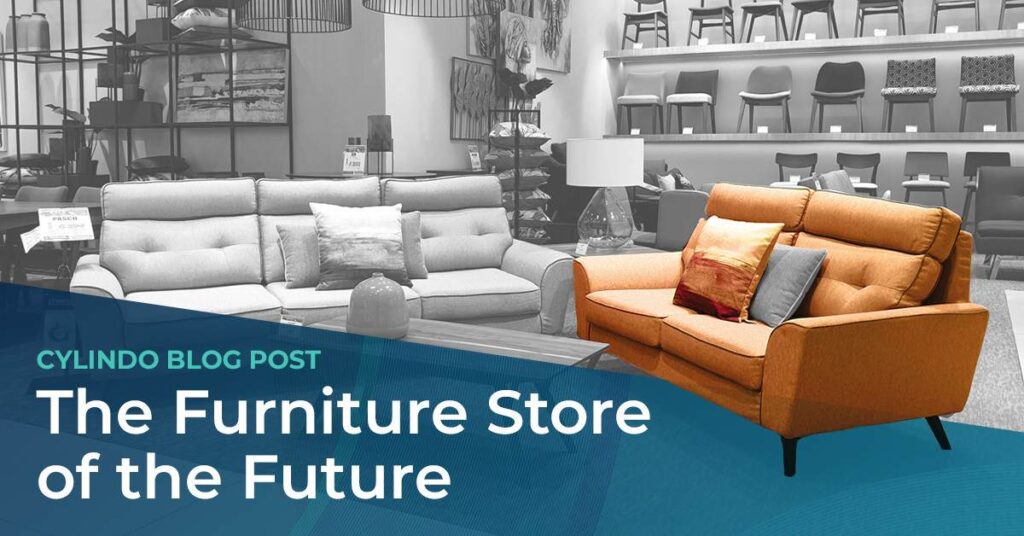Choosing furniture can be a daunting task, but with new technology and innovative design, it doesn’t have to be. In this article, we explore a new way of choosing furniture that takes into account both form and function. From augmented reality to modular design, there are many exciting ways to revolutionize the furniture-buying experience. Say goodbye to the days of endless showroom visits and hello to a more streamlined and personalized process.
Introduction
Are you tired of the traditional way of choosing furniture? Do you dread the thought of spending hours in a showroom, only to leave feeling overwhelmed and unsatisfied? If so, you’re not alone. Luckily, there’s a new way of choosing furniture that’s changing the game.

Augmented Reality
One of the most exciting developments in the world of furniture is the use of augmented reality. With this technology, you can visualize how a piece of furniture will look in your space before you make a purchase. Simply use your smartphone or tablet to place a digital rendering of the furniture in your room. This allows you to see how it will fit with your existing decor and make any necessary adjustments before you buy.
Modular Design
Another innovative trend in furniture is modular design. This type of furniture is made up of interchangeable pieces that can be arranged in a variety of configurations. This means that you can customize your furniture to suit your specific needs and preferences. For example, you could rearrange your sofa to create a chaise lounge, or add an extra section to accommodate more guests. This flexibility makes modular furniture a great choice for small spaces and those who like to switch things up frequently.

Sustainable Materials
In addition to new technology and design, there’s also a growing trend toward sustainable materials in furniture. Many designers are choosing to use materials that are environmentally friendly and ethically sourced. This not only reduces the impact on the planet but also ensures that the people involved in the production process are treated fairly. Some examples of sustainable materials include bamboo, reclaimed wood, and recycled plastic.
Personalized Recommendations
Finally, furniture retailers are starting to use data and algorithms to make personalized recommendations to customers. By analyzing your browsing and purchasing history, they can suggest pieces that are likely to appeal to your tastes and fit with your existing decor. This takes some of the guesswork out of the furniture-buying process and can save you time and frustration.

Conclusion
In conclusion, the world of furniture is evolving rapidly, and there are many exciting developments on the horizon. From augmented reality to sustainable materials, there are plenty of options for those looking for a new way to choose furniture. By taking advantage of these innovations, you can create a space that reflects your unique style and meets your practical needs. So why not give it a try?

Leave a Reply